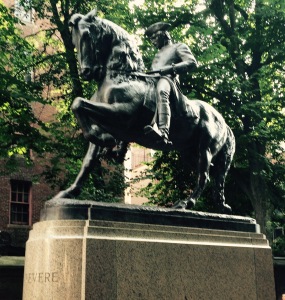
There are lots of great US Census Records. Starting in 1850, and for every 10 years thereafter a census, or population
record was taken for, hopefully, every household in the United States. The census listed household members, their sex, their ages, their places of birth and other information that the Federal and State Governments needed to plan for future needs.
One of my favorite censuses is the one taken in 1900. In addition to the usual questions that the census taker would ask, such as each person’s sex, color or race, and if each person in the household is single, married, widowed, or divorced or where their parents were born, they added some additional questions
These additional questions can be very helpful. One question was ‘how many years have you been married.” This question allows you to go back in time and look for a marriage record.
Two other questions were asked of the mother which were “how may children have you had” and “how many are still living?” Last week I was researching a family that I knew had 2 children. One died as an infant and one as a young adult. Looking at the 1900 census for the parents the mother reported that she had given birth to 7 children and 0 were living. Suddenly I knew that I had 5 missing children. This is not the first time I have found evidence of missing children by looking at the 1900 census.
Because that census also told me how long the parents had been married, and where each of them had been born, I knew where to look and the time period in which to look for the missing children.
To get the most out of the census, you will want to look at the image – don’t rely on the indexes. Always, always look at the image, and read every line. You will also find out where the parents of your ancestors were born, and if your ancestor immigrated the year that happened because it is included on that census.
You can find the 1900 census free on familysearch.org, or archive.org, or you can use your library card to access Heritage Quest. Go to your public library site and search their databases. Also if you have a subscription, you can also find the 1900 census on ancestry.com
Even if you think you know all about your family, you may find some surprises If you can find them in 1900 census
 e opportunity to spend this past 4th of July week in Boston. For someone who has 24 [possibly 25] ancestors who served the Revolutionary cause, and who loves history – it was an exciting time. I don’t know the detailed stories, yet, of each ancestor who served, however, the ones I am familiar with make me very proud of the sacrifices they made for this country. I have one ancestor Wait Hopkins who was killed in the war, and another Richard Lyman who died relatively young because of the hardships he faced during the war.
e opportunity to spend this past 4th of July week in Boston. For someone who has 24 [possibly 25] ancestors who served the Revolutionary cause, and who loves history – it was an exciting time. I don’t know the detailed stories, yet, of each ancestor who served, however, the ones I am familiar with make me very proud of the sacrifices they made for this country. I have one ancestor Wait Hopkins who was killed in the war, and another Richard Lyman who died relatively young because of the hardships he faced during the war.



